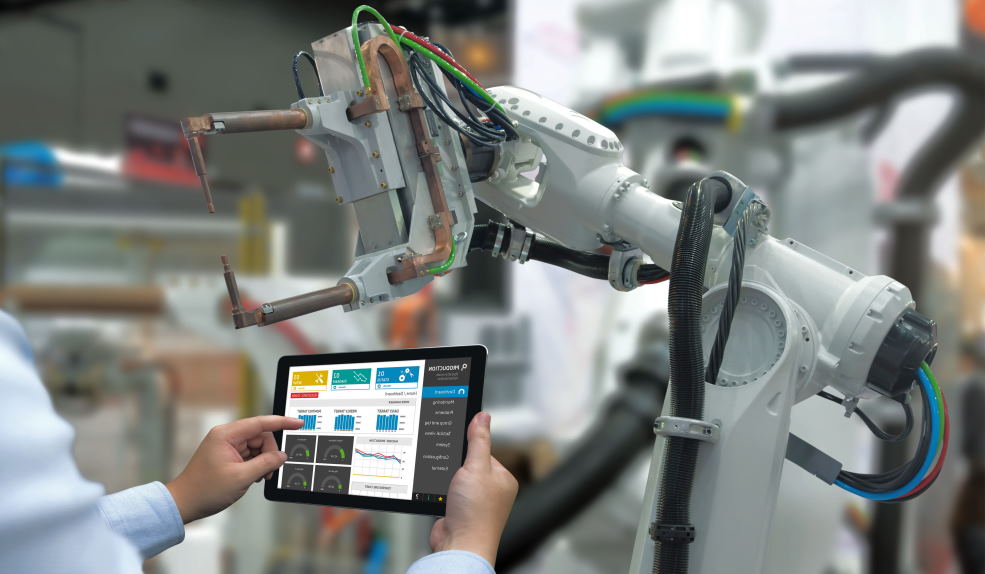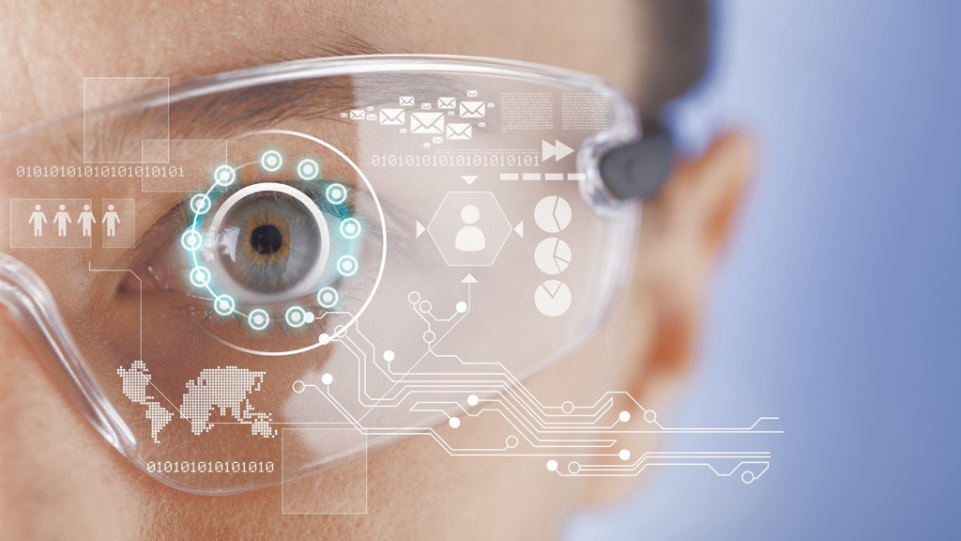It’s no secret that technology is transforming the world of work. But what may be less well-known is how emerging technologies are also changing the occupational health and safety field. From wearable devices that can track employee exposure to hazardous materials to AI-powered software that can predict accidents before they happen, new tech is helping keep workers safe and healthy like never before. This blog post will look at some of the most exciting developments in occupational health and safety technology. So read on to learn more about how the future of work is shaping up!
Technology for workplace safety
Technology is always evolving, including the technologies used in occupational health and safety. Here are four examples of cutting-edge tech that is transforming the field:
- Wearable Sensors
Wearable sensors are becoming increasingly popular in various industries, including construction, manufacturing, and healthcare. These devices can track everything from heart rate body temperature, and exposure to dangerous chemicals. This information can be used to improve worker safety by identifying potential hazards and addressing them before an accident occurs.

- Virtual Reality
Virtual reality (VR) is being used in a number of different ways to improve occupational health and safety. For example, VR can be used for training, allowing workers to experience realistic simulated environments in which they can safely learn how to handle equipment or work in hazardous conditions. VR can also be used for risk assessment, providing a way to identify potential hazards in a work environment before anyone is put in harm’s way.
- Drones
Drones are becoming increasingly popular in various industries, and occupational health and safety are no exception. Drones can be used for tasks such as surveying hazardous sites or inspecting equipment. They can also be equipped with sensors and cameras to provide real-time data about conditions in a work environment. This information can be used to improve worker safety by addressing potential hazards before they cause an accident.
- Artificial Intelligence
Artificial intelligence (AI) is being used in a number of different ways to improve occupational health and safety. For example, AI can be used to develop predictive models that can identify potential hazards in a work environment. AI can also be used to create virtual assistants that can provide workers with information about safety procedures or help them stay compliant with safety regulations.
These are just a few examples of emerging technologies transforming occupational health and safety. As these and other technologies continue to develop, they will play an increasingly important role in keeping workers safe.

How to use emerging technologies in occupational health and safety
Many emerging technologies can be used in occupational health and safety. Some of these include:
- Wearable technology – This can monitor worker exposure to hazardous substances or conditions. It can also track worker fatigue levels and identify when they need a break.
- Big data – This can be used to analyze trends in accidents and near-misses. This information can then be used to improve safety procedures and policies.
- Augmented reality – This can be used for displaying safety information in real time, such as the location of hazards or first aid facilities.
- Internet of Things – This can be used to monitor conditions in the workplace, such as temperature and humidity levels. It can also be used to track the use of equipment and machinery.
- Robotics – This can be used for tasks that are too dangerous for humans, such as working in hazardous environments or handling poisonous materials.
- 3D printing – This can create customized safety equipment, such as protective clothing or guards for dangerous machinery.
- Nanotechnology – This can be used to create new materials with improved safety properties, such as self-cleaning surfaces that prevent the build-up of dangerous substances.
These are just some ways emerging technologies can be used in occupational health and safety. By staying up to date with the latest developments, you can ensure that your workplace is as safe as possible.

